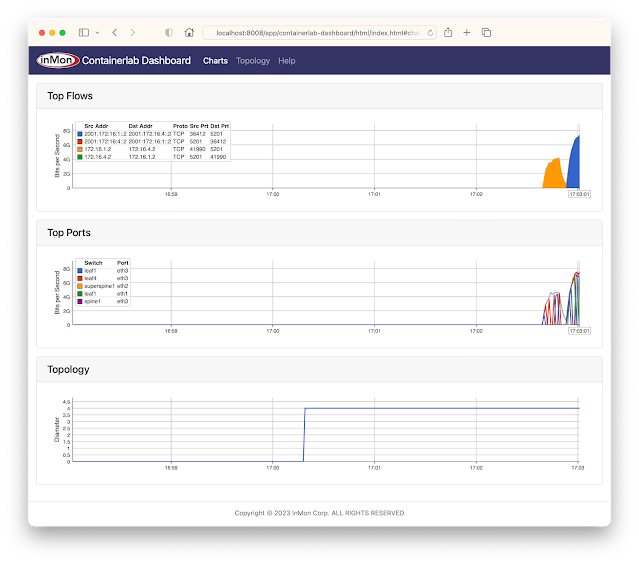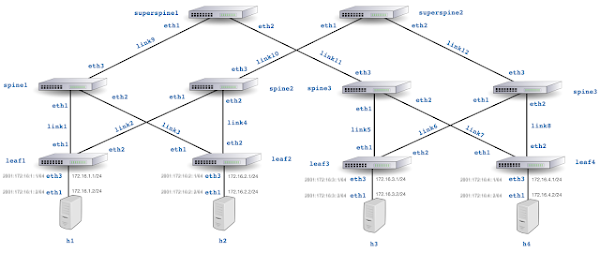Free Subscription No Longer Needed to Watch the ipSpace.net Videos
I’m publishing a link to a free ipSpace.net video several times each month, usually with a notice saying you need free subscription to watch the video. I had to put that limitation in place when I was hosting videos on AWS S3 – unlimited streaming could explode my AWS bill.
Recently I moved the video storage to Cloudflare R2. Cloudflare claims they will never charge egress fees, and as long as that’s true (and they don’t start chasing me for generating too much traffic) I see no reason to bother you with registration and login procedures – starting immediately, you can watch the free ipSpace.net videos without an ipSpace.net account.




